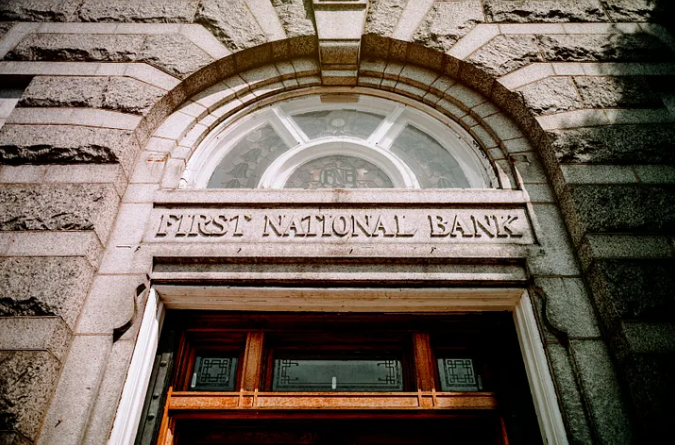
The Goldilocks Cut: Not Too Much, Not Too Little
Share
FEJ Member Op Ed Series:
It’s Just Right And Markets Seem To Agree
Written by Alex P.
Today I watched the Federal Reserve’s latest quarter-point interest rate cut, and for once I feel the timing, the size, and the message are in balance. The question isn’t “too early,” “too late,” “too much,” or “too little” it’s that the Fed’s move is just right.
The Fed explicitly cited weakening job growth and the rise in downside risks to employment. Markets have also been signaling caution in hiring, meaning that the pressure wasn’t hypothetical. The cut helps cushion that softening without abandoning inflation guardrails. Inflation, though above target, has not spiraled. The Fed seems to be threading the needle: acknowledging inflation remains a concern, but seeing enough cooling signals that the rate-cut risk is warranted. They didn’t overshoot; they acted with restraint.
The move was widely expected; once it happened, equities initially ticked up, bond yields dropped briefly, then reversed. Yields on the 10-year Treasury actually rose again after the cut. That “sell the news” vibe suggests the market believes this Fed cut is necessary, not transformative which is exactly what you want when managing expectations.
There’s no getting around the fact that the Fed has been under heavy pressure from the administration and certain appointees to deliver more aggressive cuts. One governor even dissented, favoring a half-point cut rather than a quarter-point. But the Fed, led by Powell, refused to overreact. They chose a middle path. That’s vital for preserving credibility: caving to political pressure with a too-large move risks inflation expectations becoming unanchored, creating deeper expense in the long run.
Of course, risks remain. The cut might be too late for some who’ve already been squeezed by high borrowing costs, from consumers to businesses to homebuyers. It could also be too little if inflation stubbornly refuses to decline, or if external shocks reverse recent progress. On the flip side, too much easing could trigger overheating or reignite inflation expectations. Especially with sectors like housing, energy, and wages slow to respond, the margin for error is narrow.
Markets, however, seem to be saying: “We expected this, we needed this, but don’t go too far.” The mixed response in equities, the bounce in Treasury yields, and the modest adjustment in expectations for further cuts all signal that the move was overdue, but not dramatic.
Yes, I believe the Fed’s decision is just right. It’s not too little to be meaningless, but not so much that it risks stoking inflation. It’s a calculated, measured response: enough to give breathing room to the economy without conceding to political whims or creating worse problems down the road. Better late than too late; better modest than reckless. The Fed got this one about right.